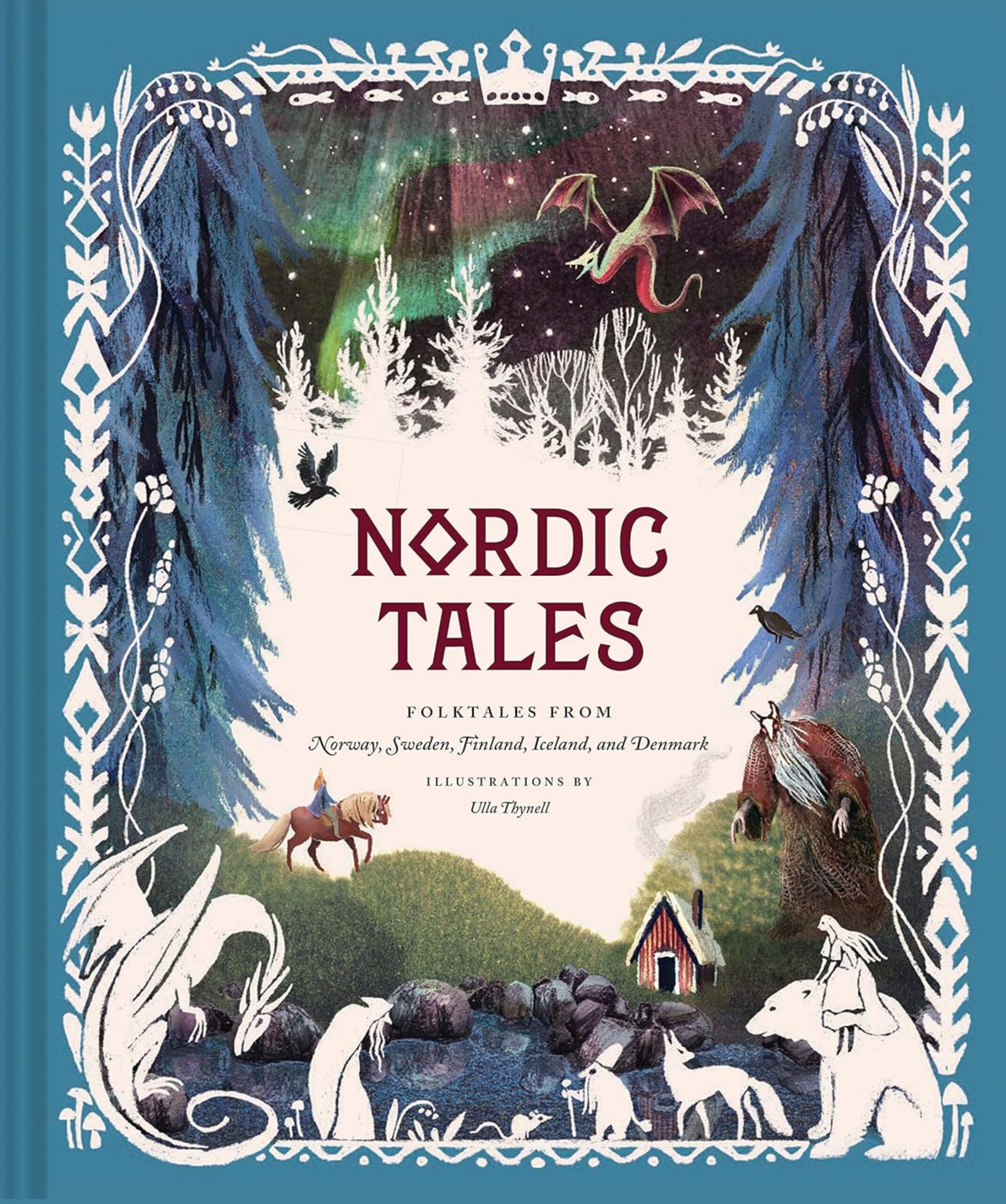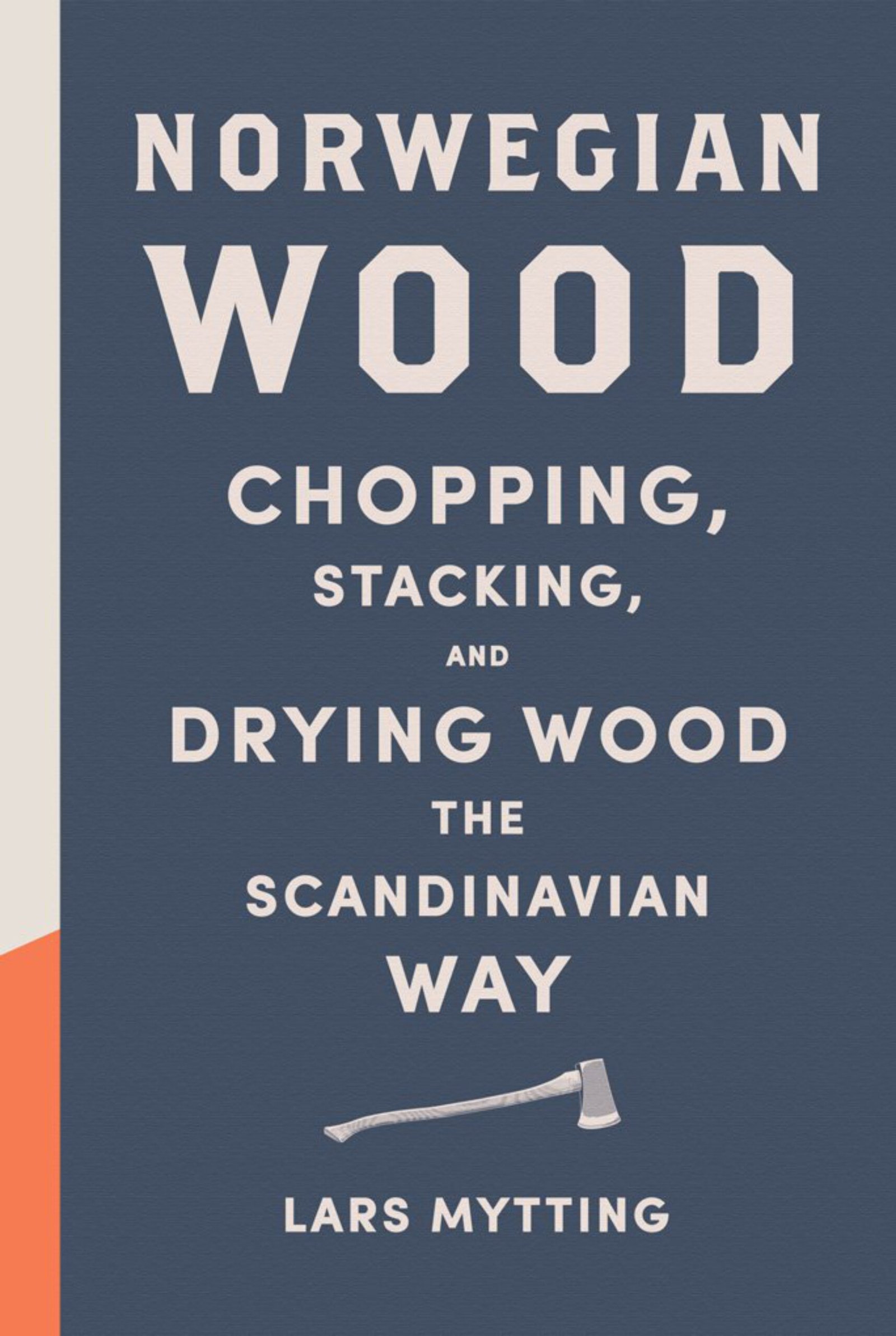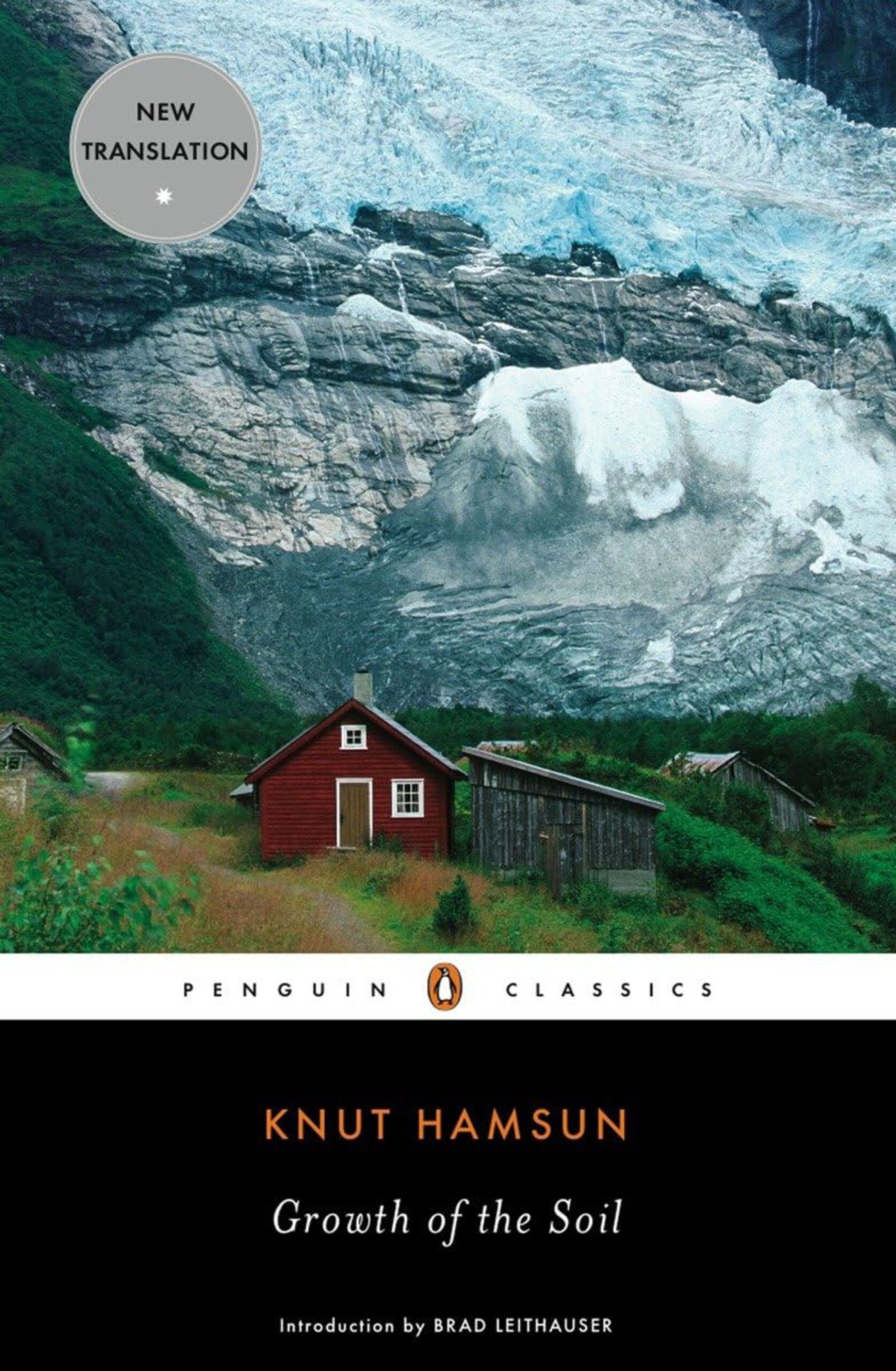The Black Death
The Black Death was a deadly disease that ravaged humankind in the AD 1300s. In Norway, the pandemic came like a firestorm in the year 1349.
In a matter of months, as much as 60 per cent of the Norwegian population died.
The disease was a disaster of biblical proportions, and it is almost impossible to understand the full scale of the suffering.
Pesta and her broomstick
The old Norwegian storytellers depicted the plague in the shape of an old woman. Her name was Pesta, a Norwegian word for the pandemic itself.
Pesta dressed in a red or blue skirt and brought terror to all who saw her. The dreaded creature travelled from community to community, with a broomstick and a rake.
If you came upon Pesta with her rake, then you knew that she would spare some of your people.
But when Pesta started sweeping with her broomstick, then there was no point in running, because no soul would be alive by the time she had finished.
Deserted communities
Pesta wiped out whole communities. People died in their beds – or on the paths walking through the landscape. Children were left orphaned and alone.
The tales say that it took no longer than three days to die.
The disease worked with such speed, that people often were unable to free their livestock from the stables and the sheds. Without food and care, the animals soon succumbed to thirst and hunger.
Before long, the last man, woman, and domestic animal were gone, and everything was still.
Years passed, and Mother Nature slowly reclaimed the buildings and the fields that people had laboured and struggled so hard for.
Pesta and the ferryman
One day, Pesta came to a lake and called out for the ferryman to take her across.
She wore a blue skirt this time, and at first, the man did not recognise her.
Gradually, however, it dawned on him who was there with him in the boat. He pleaded with her to spare his life. If she did, he would let her good deed be the payment for the boat journey.
Pesta conferred with a large book that she had in her lap, and then answered quietly: “Sadly, I cannot spare your life, but I can make your death an easy one”.
When the man returned home, he was as tired as he had never been before. He stumbled to his bed – and moments later he was gone.
The Grouse of Jostedal
In the depths of the region of Sogn, in western Norway, high up in the mountains, you will find the valley of Jostedal.
As the plague came closer to the region, many of the rich and powerful fled to this remote valley, hoping to escape Pesta and her broomstick.
When they were safe and had settled, they allowed no one else to cross the valley’s perimeter.
The only way they could communicate with the outside world, was by leaving or receiving letters placed under a big rock at the entrance of the valley. This rock is called The Letter Stone – Brevsteinen – and it is still there.
But no matter how hard the refugees at Jostedal tried to keep Pesta out, she found her way in. And except for one young girl, they all died.
Sometime later, abandoned domestic animals from Jostedal appeared in a neighbouring valley.
Not knowing what had happened, the people there set out to investigate. When they arrived, they moved from house to house, but found no one alive.
As they prepared to return home, they spotted a young girl. They called out to her, but she was like a wild animal, and she ran off into the forest and disappeared.
The people discussed what to do, and agreed that it was their duty to save her.
The young girl was scared and confused, and it took them a long time to track her down.
She reminded them of a mountain bird, the grouse. And that was the name that they gave her: The Grouse of Jostedal.
They brought the girl back with them to their own community, and they treated her well.
For many years, the valley of Jostedal was completely abandoned. But as time went by, new people rediscovered this place, looking for a place to settle.
Derelict farmhouses and overgrown fields were mended and cleared. When The Grouse of Jostedal was older, she found love in her childhood valley and married there.
As the tale goes, she stayed on in Jostedal for the rest of her life – and left a large and respected family line behind.
A sleeping house in the forest
More than one hundred years after The Black Death, in a different part of Norway, a bear hunter completely lost his way one day when out hunting in a vast forest.
He desperately looked for smoke from a fire or any other sign of a fellow human being.
The day was almost over, and he had given up hope of finding warm shelter for the night. But then, suddenly, he saw several buildings almost hidden by the forest, surrounded by trees more than a hundred years old. It was like a haunted place, and the hunter reluctantly went closer.
First, he entered the main cottage. By the fireplace, he found a rusty pot, on the benches some rotting yarn, and on the wall a bow and arrows. A thick layer of dust covered it all.
He jumped back as he walked over to a bed in the corner. Old human bones screamed at him, and told the tale of what had happened here, all those years ago: Pesta had paid a visit with her broomstick, and the world had stopped.
Slowly, he walked through the other buildings on the old farm. Everything was there, just the way people had left it.
The man decided there and then that he would claim what he had found, and start a new life in this thick and mysterious forest.
He buried the bones, and very soon thereafter, the old place came alive once again.
Let us remember them
In Norway, The Black Death lasted but a few months, but the trauma of the survivors took generations to heal. Let us remember all those who perished: they are us – and we are them.
And, lest we forget, you and me, we are the lucky descendants of those who Pesta spared, all those years ago.
Source: Faye, Andreas. Norske folke-sagn. Norsk Folkeminnelags Forlag 1948. Nasjonalbiblioteket nb.no | EGP.00021





